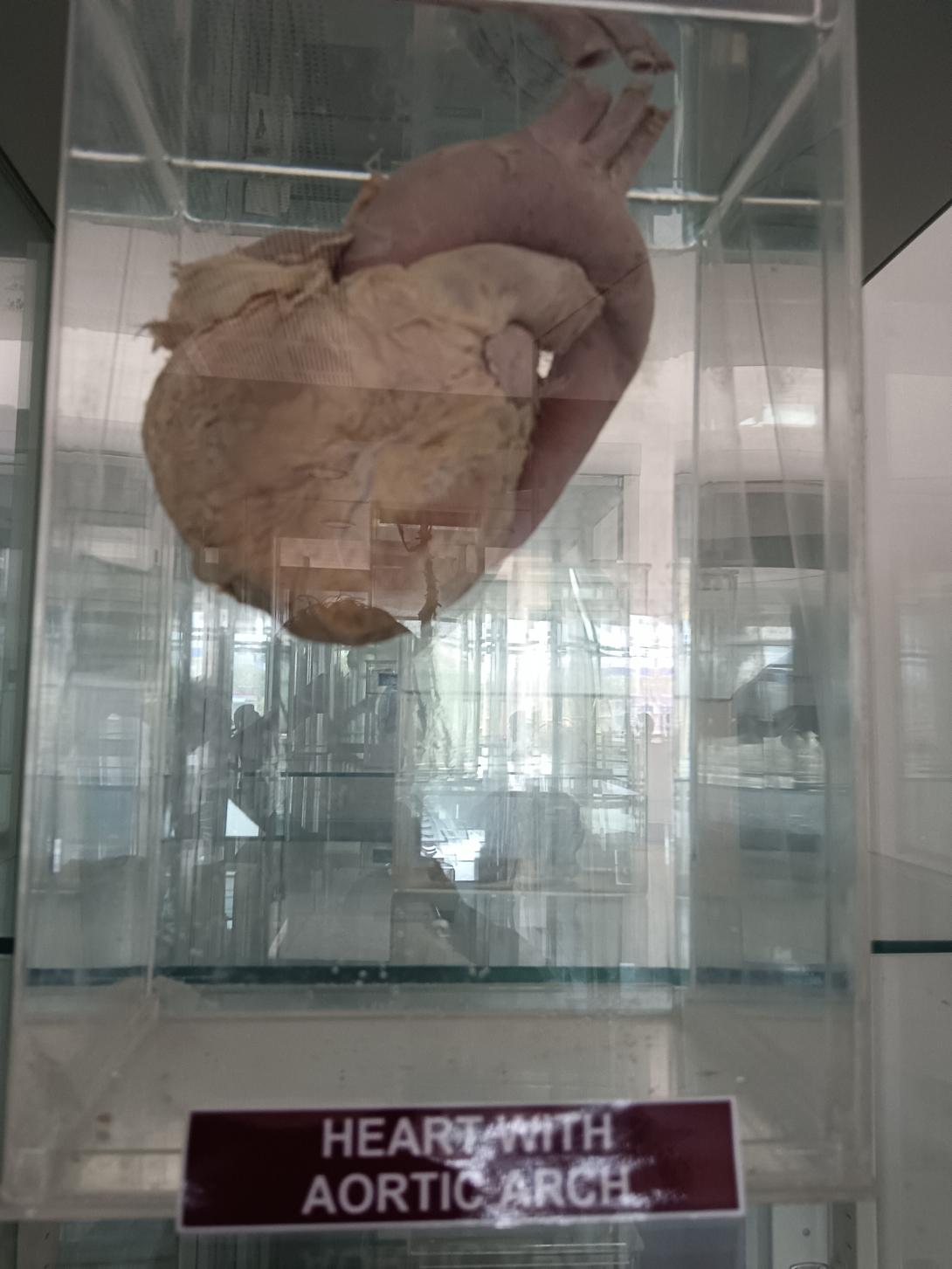The aortic arch is a critical structure located in the thoracic region of the body that supplies oxygen-rich blood to the head, neck, and upper extremities. It is composed of three main branches, each of which supplies blood to different parts of the body. Here is a brief overview of the clinical anatomy of the aortic arch:
Brachiocephalic artery: The brachiocephalic artery, also known as the innominate artery, is the first branch of the aortic arch. It divides into the right common carotid artery and the right subclavian artery. The right common carotid artery supplies blood to the right side of the head and neck, while the right subclavian artery supplies blood to the right arm and chest.
Left common carotid artery: The left common carotid artery is the second branch of the aortic arch and supplies blood to the left side of the head and neck.
Left subclavian artery: The left subclavian artery is the third branch of the aortic arch and supplies blood to the left arm and chest.
Various clinical conditions can affect the aortic arch, leading to life-threatening complications. Aortic aneurysm is one such condition where the wall of the aorta becomes weakened and bulges out, leading to the risk of rupture and internal bleeding. Aortic dissection is another condition where the inner layer of the aortic wall tears, leading to the separation of the layers and the risk of rupture. These conditions can cause symptoms such as chest pain, back pain, shortness of breath, and loss of consciousness, and require immediate medical attention. Treatment for aortic aneurysm or dissection may involve surgical repair or replacement of the affected segment of the aorta.

